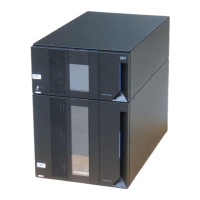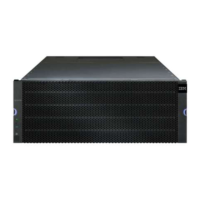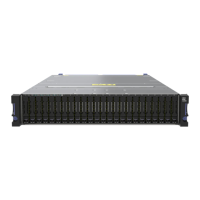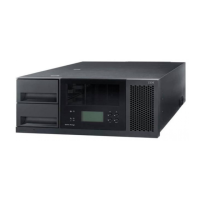Chapter 4. IBM System Storage DS planning and configuration 137
4.4.7 AIX Subsystem Device Driver Path Control Module (SDDPCM)
SDDPCM is a loadable path control module for supported storage devices to supply path
management functions and error recovery algorithms. When the supported storage devices
are configured as Multipath I/O (MPIO) devices, SDDPCM is loaded as part of the AIX MPIO
Fibre Channel Protocol (FCP) device driver during the configuration. The AIX MPIO-capable
device driver with the supported storage devices SDDPCM module enhances data availability
and I/O load balancing.
4.4.8 Linux: RHEL/SLES RDAC
The Redundant Disk Array Controller (RDAC), also known as Multi-Path Proxy (MPP), is the
recommended multipathing driver for Linux based operating systems like Red Hat Enterprise
Linux (RHEL) or SUSE Linux Enterprise Server (SLES).
The current RDAC driver implementation performs the following tasks:
Detects and claims the physical devices (LUNs) presented from the DS5000 storage
subsystems (
hides them) based on vendor/product ID strings and manages all of the
paths to the physical devices.
Presents a single instance of each LUN to the rest of the Linux operating system
components.
Manages all of the plug and play interactions.
Provides I/O routing information.
Identifies conditions requiring a request to be retried, failed, or failed over.
Automatically fails over the LUNs to their alternate controller when detecting problems in
sending I/Os to the LUNs in their preferred controller, and fails back the LUNs to their
preferred controller when detecting the problems in the preferred path fixed.
Handles miscellaneous functions, such as persistent reservation translation.
Uses a round robin (load distribution or load balancing) model.
RDAC is implemented between the HBA driver and the operating system disk driver,
operating as a low-level filter driver. It has the following advantages:
It is much more transparent to the OS and applications.
I/O controls at the HBA driver level are not as tightly coupled to the OS as those at the disk
driver level. Consequently, it is easier to implement I/O control functionality in the
MPP-based RDAC driver for routing functions.
As the driver is positioned at the HBA level (see Figure 4-9), it has access to the SCSI
command and sense data interface of the HBA driver and therefore can make more informed
decisions about what to do in the case of path failures.
Figure 4-9 Linux RDAC/MPP driver
Note: In Linux, RDAC cannot be installed with the Installation Wizard. If you need RDAC,
you have to download and install it separately.
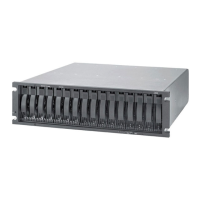
